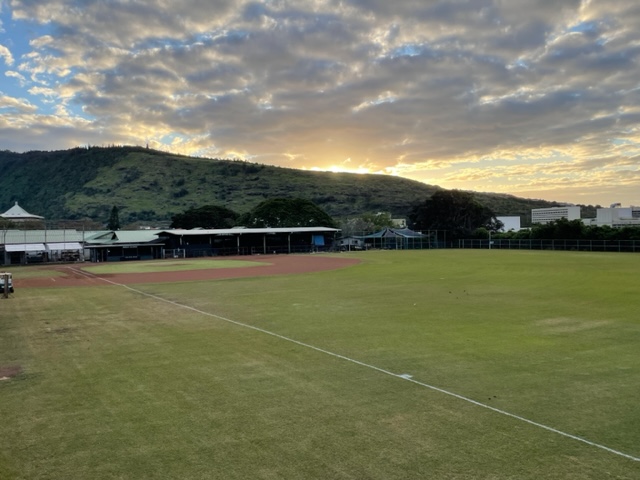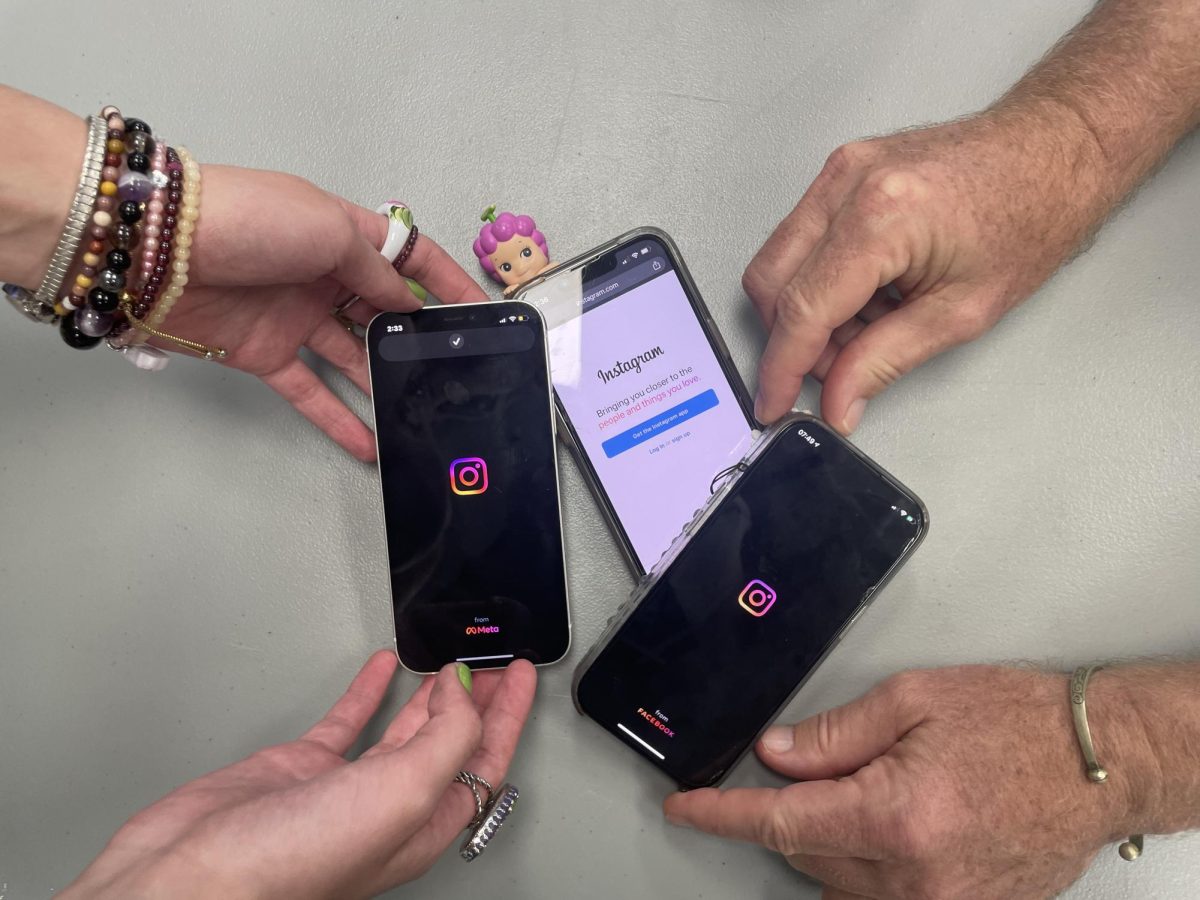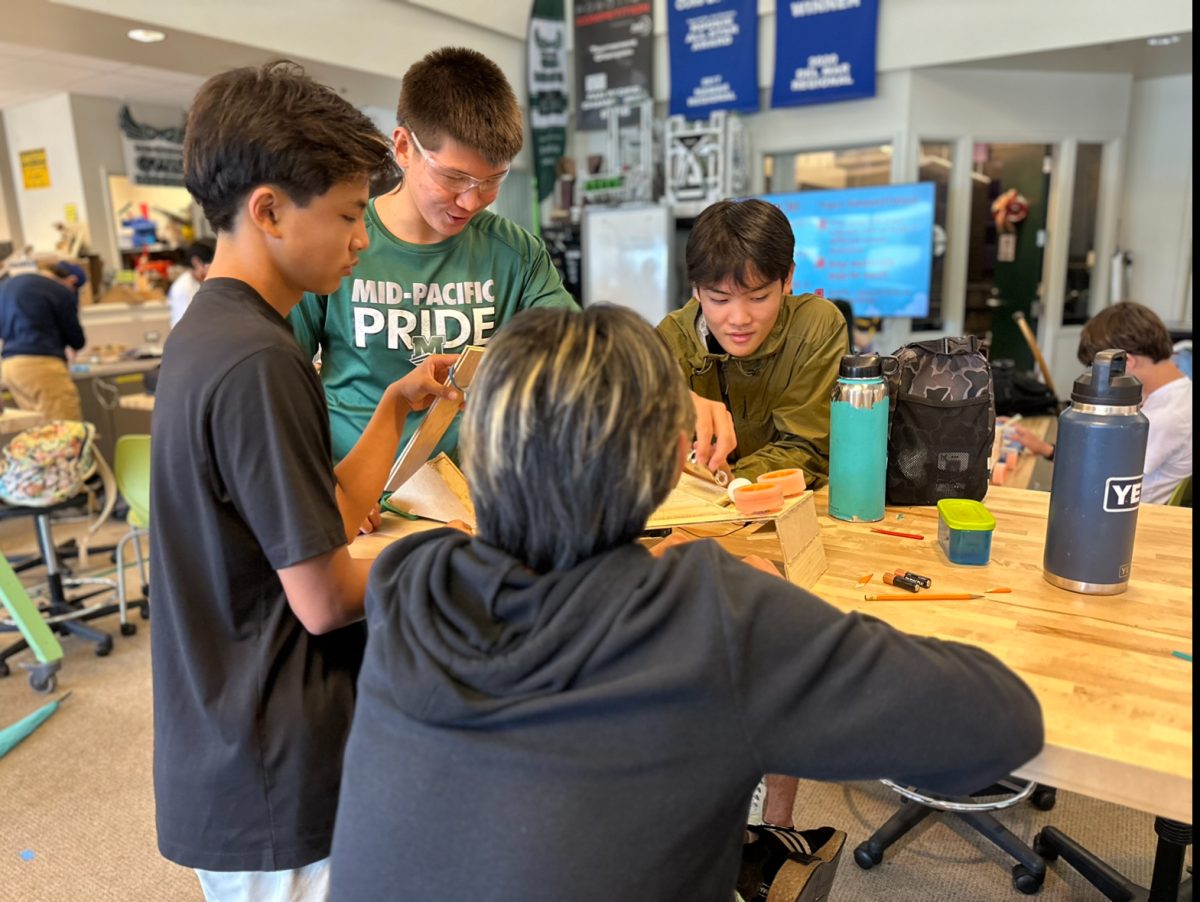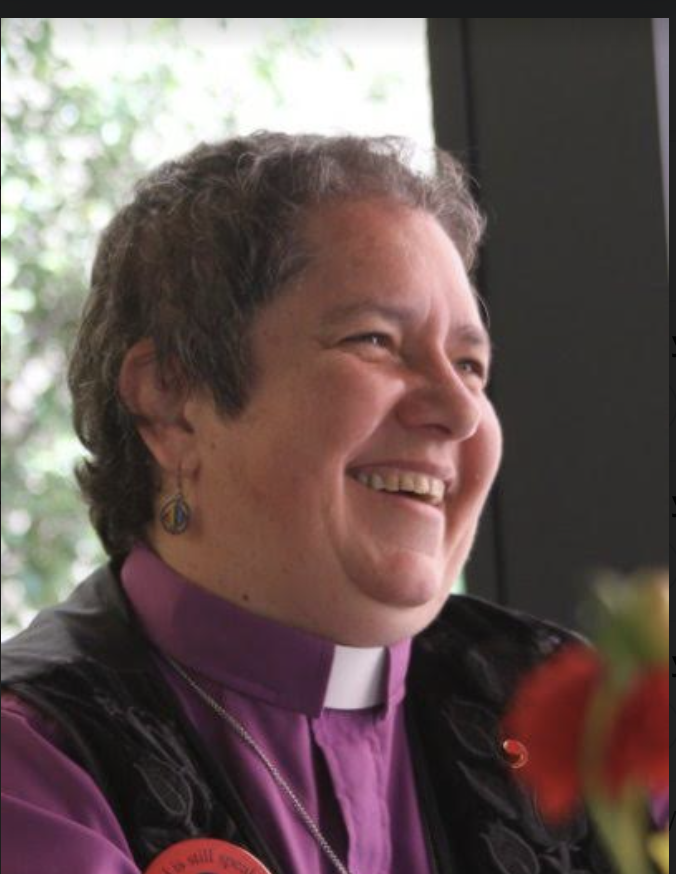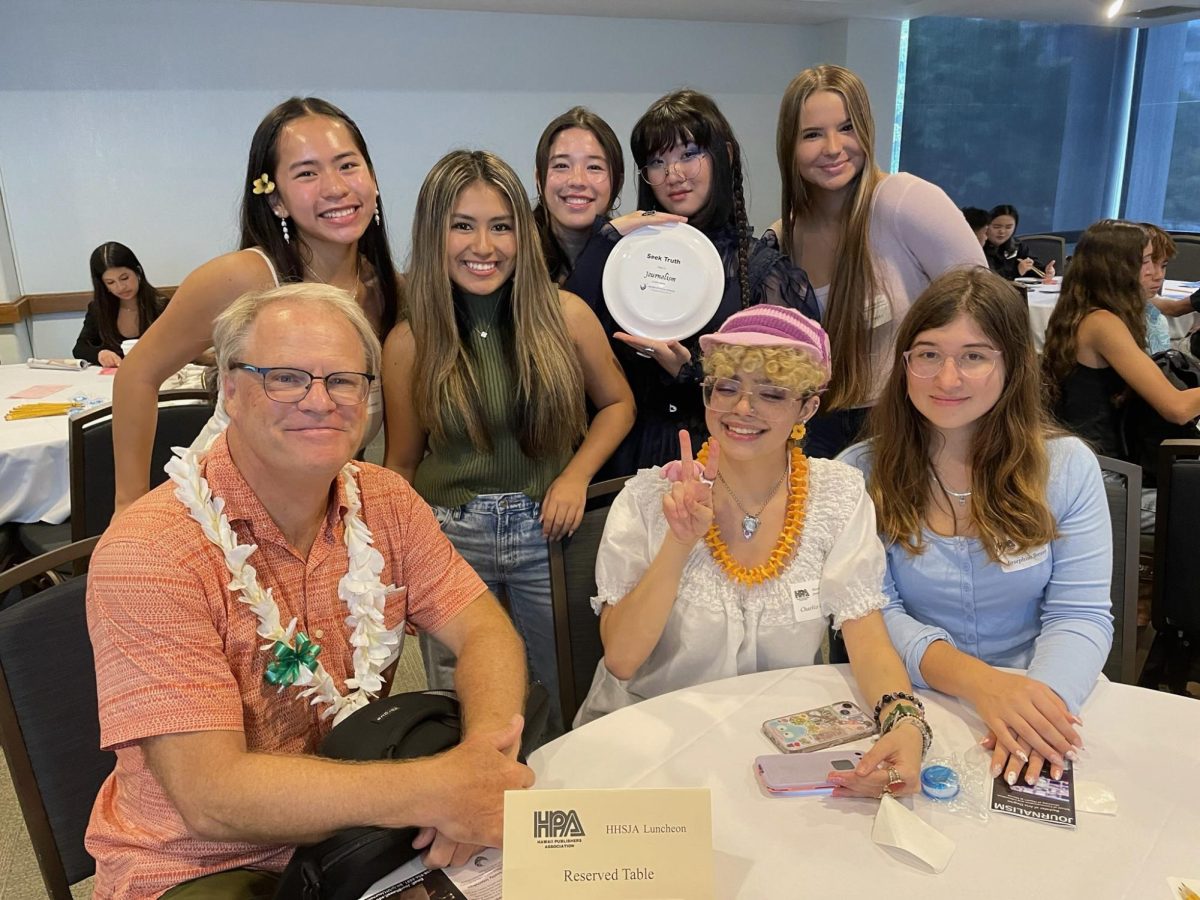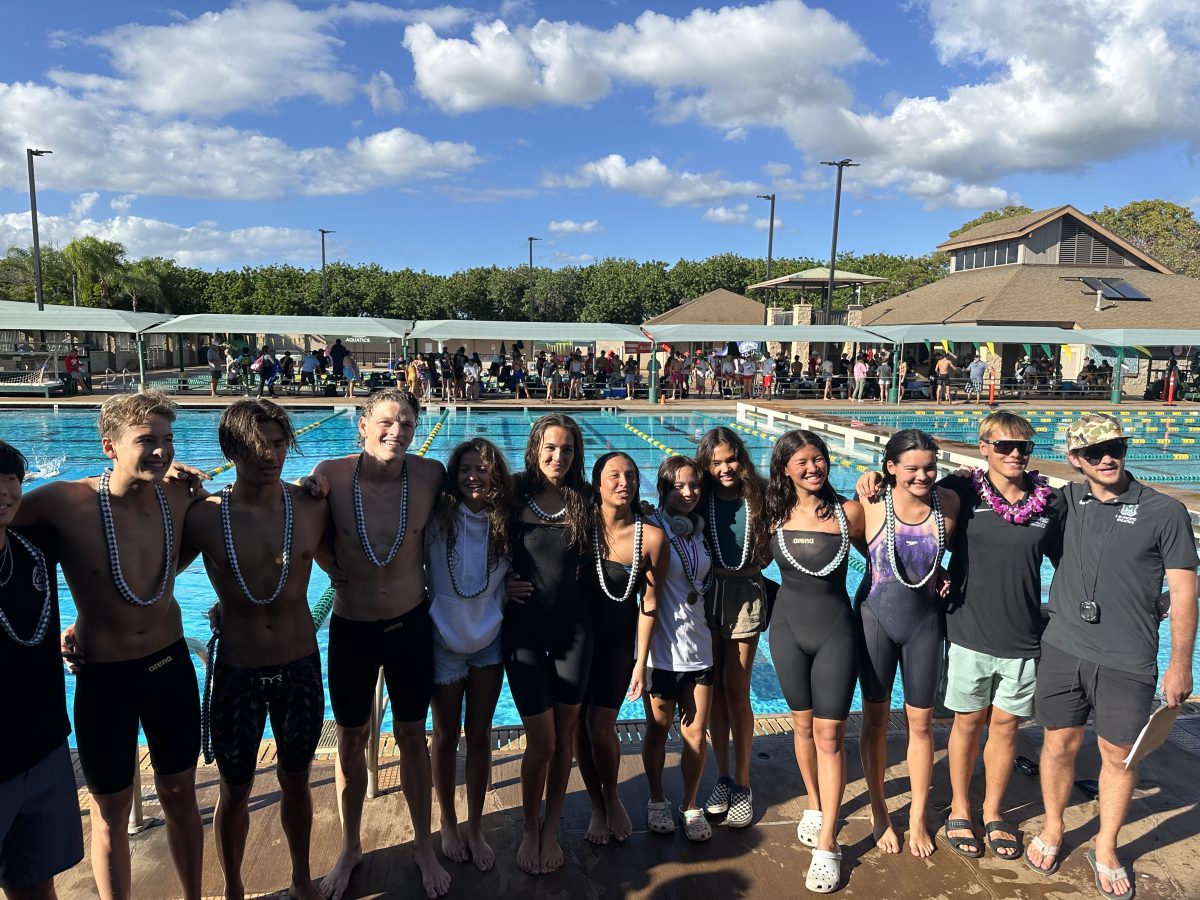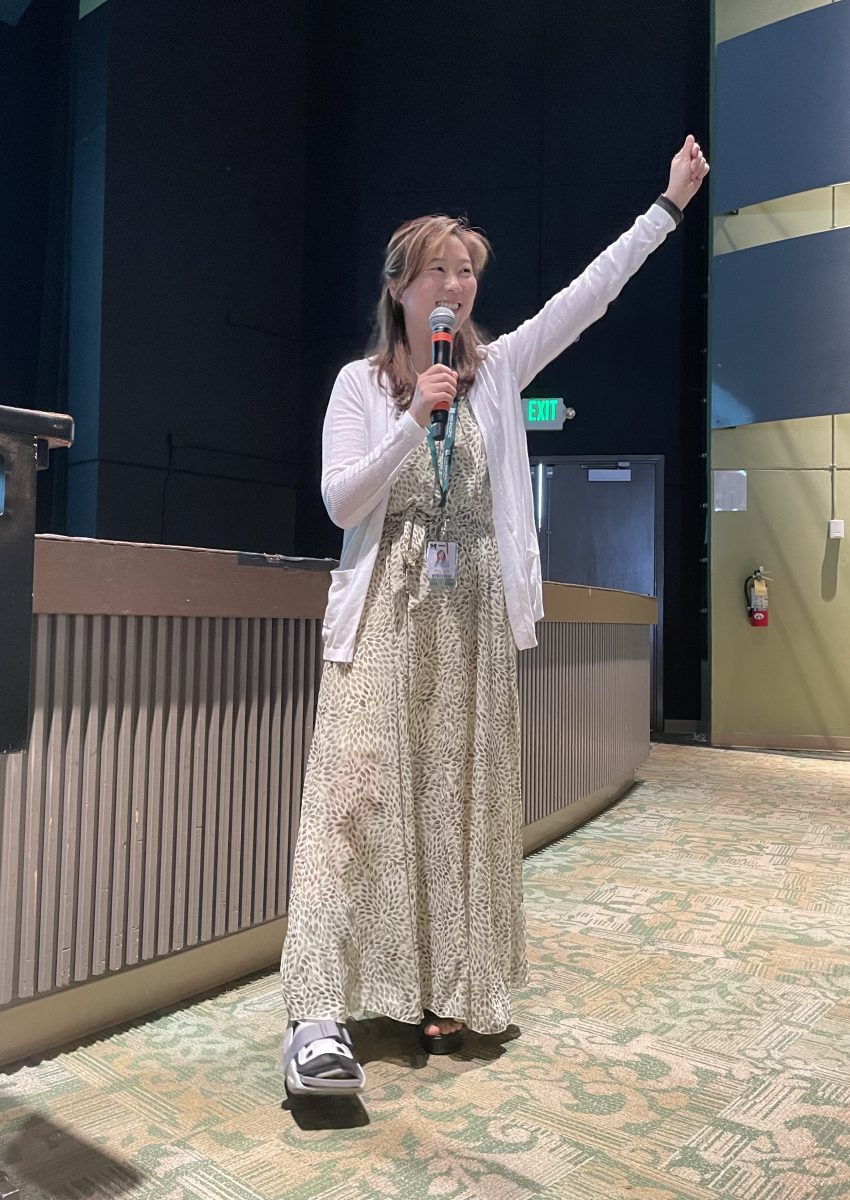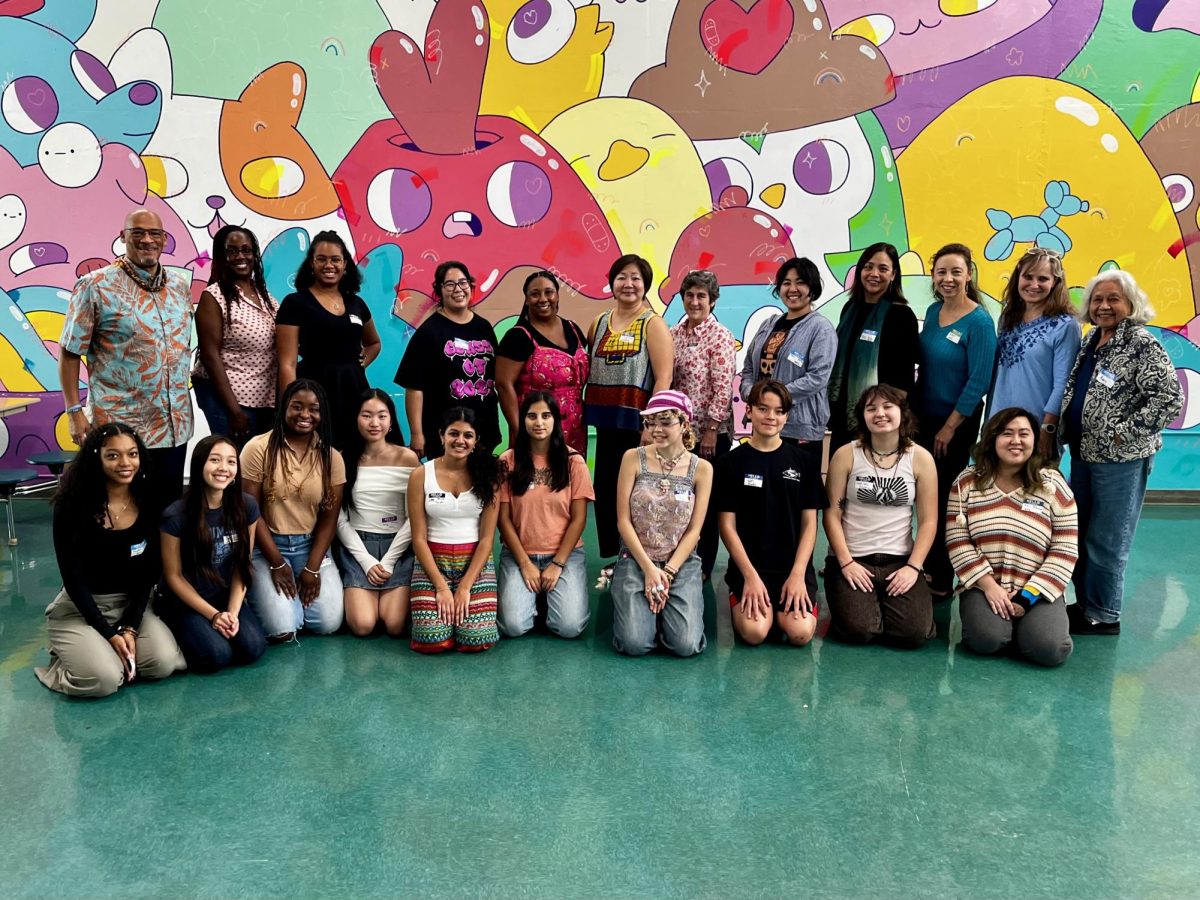As Mid-Pacific attempts to encourage inclusivity in regards to ethnicity, gender, sexuality, and culture on campus, there remains the indisputable fact that inclusivity in regards to the education of students with learning differences is a subject often neglected.
While schools such as Mid-Pacific provide general forms of assistance for students with learning differences, a students’ individual needs may not be met.
“During exams in college, students with accommodations would always have the chance to go to a separate room that is proctored by someone in the college system, a teaching assistant, or [similar],” Language Arts teacher Dr. Kara Hisatake said. “But that doesn’t happen here. I wish we had those resources to do those things. There are areas to work on.”
For middle and high school students, which make up the majority of Mid-Pacific’s population, most of the accommodations and extra care provided for the students in need of it are the responsibility of each individual teacher.
“Honestly, a lot of support comes from/depends on the teacher. I don’t know how others approach supporting their students, but I offer extensions on pretty much anything. Sometimes I modify the workload, and I try to limit the amount of time I spend lecturing,” International Baccalaureate (IB) Language Arts teacher Dr. Kyle Malashewski said.
Students with learning differences on campus report receiving ample support from their teachers. This is true for Shay McElroy, a junior with dyslexia.
“All the teachers are fairly understanding. I feel they provide adequate resources,” McElroy said.
While Mid-Pacific provides less direct support for their older students, they take a much more hands-on approach for their elementary school students.
“There’s ‘push-in services,’ where the learning specialist comes into the classroom to provide support, and ‘pull-out services,’ where the student is taken out of the classroom for specialized instruction,” Hawaii Center for Children and Families (HCCF) counselor Jessie Mitchell said.
However, for those that are not in elementary school, Mid-Pacific’s bb is highly reactive; instead of actively seeking out students, the school generally expects their middle and high school students to instigate change by advocating for themselves and their unique needs without taking into consideration comfort levels in regards to communicating with teachers.
“It’s really difficult for kids to advocate for themselves – they need to be taught how, and be given opportunities to successfully try out different ways of learning, especially in middle school,” Language Arts teacher Eileen Keane said.
Mid-Pacific redirects the student’s troubles to HCCF, particularly for their middle school students. However, HCCF mostly focuses on the mental health aspect students with learning differences may struggle with.
“HCCF can assist with executive functioning skills and learner behaviors,” Mitchell said. “HCCF can [also] assist anyone who struggles with social and communication challenges.”
Keane, who has personal experience with HCCF’s assistance, revealed the process behind HCCF’s work.
“If a student has diagnosed learning differences, they [inform] their dean and HCCF. For middle school students, HCCF provides a service where they go between the student and the teacher,” Keane said. “HCCF makes a plan. [They] write an email to the teacher and say here’s the documentation, this is the adjustment we need you to make, let us know if you need help with that.”
Some teachers believe having a professional on campus to assist students in identifying diagnoses could be more beneficial for students than this method.
“How many students are there that have learning differences that could benefit from having that diagnosis on file which could put some things into action for them? How many students aren’t diagnosed because of the financial [aspect]?” Malashewski asked.
Tests for conditions such as Attention Deficit Hyperactivity Disorder (ADHD) or dyslexia can cost anywhere from a few hundred to a few thousand dollars, according to Medical News Today.
Alternatively, homerooms exclusively for neurodivergent students could also be beneficial, according to IB Environmental Science teacher Sarah Vasconcellos.
“I feel that some students would benefit from a space for them to go where they can actually acknowledge what’s happening and let it all out. A safe space for them where they have support there. Maybe there’s a teacher there that can give them the time and space that they need, to allow them to get academic and emotional support,” Vasconcellos said.
While Mid-Pacific does much well, there is still progress to be made in order to cement their role as a leader in educational inclusivity.
“Overall, if we are going to meet the needs of students with learning differences, they should have more support,” Vasconcellos said.




